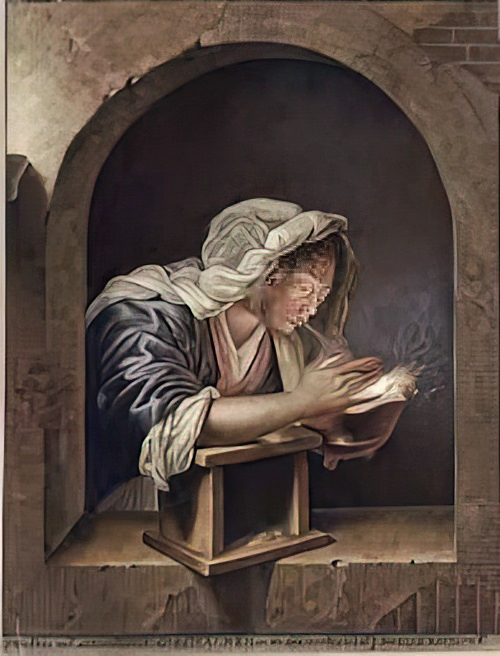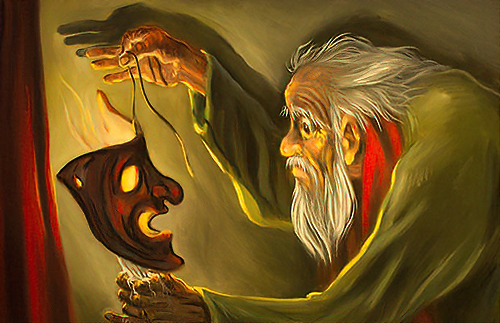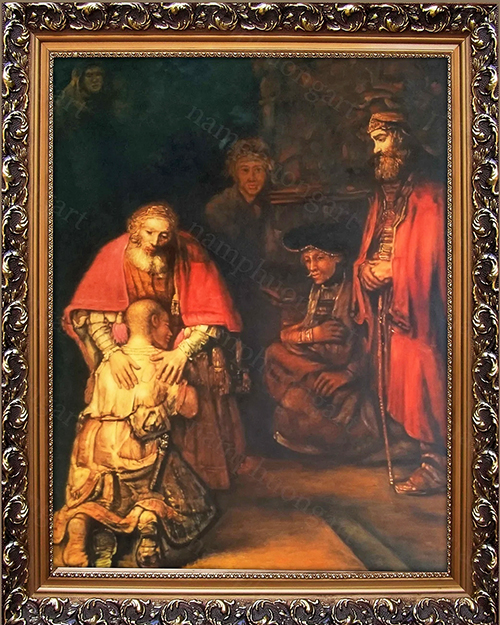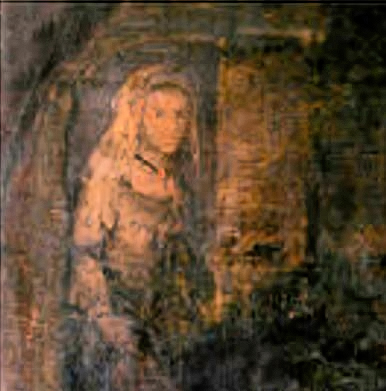Paul uses a very colourful image when he writes, “fan into a flame the gift that God gave you.”
I was reminded immediately of the old Irish custom which is called grieshog.
Grieshog, is the process of burying warm coals in ashes at night to preserve the fire for the following day. Instead of cleaning out the hearth, people preserved the day’s glowing coals under beds of ash overnight to have a fast-starting new fire the next day.
In the morning, the householder brushed aside the ashes and added new fuel to the still-hot coals to stoke the fire up for the new day’s warmth and cooking
The primary concern, then, was that the fire from yesterday not be permitted to burn out completely at the end of the day.
On the contrary, the coals hidden from sight under heaps of ash through the long, dark night were tended carefully so that the fire could leap to life again at first light.
The old fire did not die, it kept its heat, in order to be prepared to light the new one.
It may well be an image and a custom worth our reflecting on; sit quietly for a time and consider, “what coals, hidden from immediate sight, might, when laid bare to the breath of God, ‘fan into a flame’!
The prophet Isaiah writes, “See it is I who have created the smith, who blows the fire of the coals, and produces an instrument fit for its purpose”. (Isaiah 54: 16)





